How Fast Do You Fall When Skydiving?
General
Posted by: Wisconsin Skydiving Center 4 years ago
It is very likely that your brain understands when you freefall from an airplane, you will go fast. But how fast? This is a good question as the answer involves a bit about how skydiving works. The scientific word for the maximum speed an object can achieve while falling is ‘terminal velocity’, but this speed is not the same for different objects (like people). So, how do terminal velocity, acceleration, wind speed, jump angles, and all of the other fascinating physical factors work while skydiving? Let’s have a look.
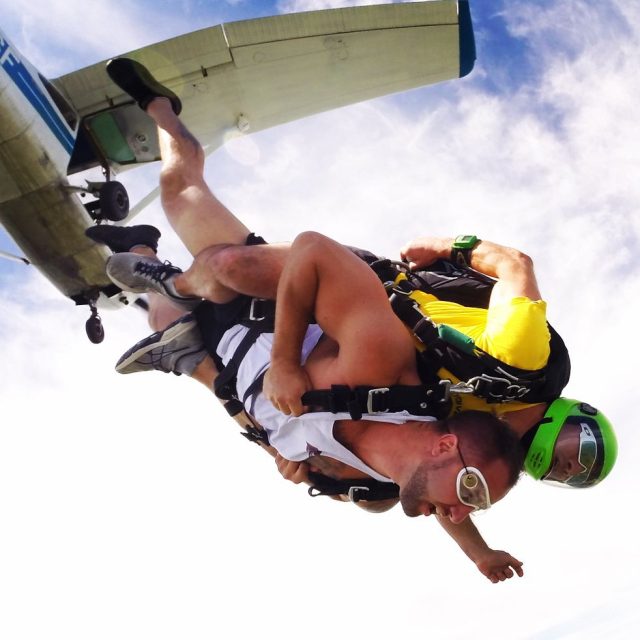
The (Brief) Science of Objects in Freefall
Gravity is a constant force generated by our planet, and if our falling objects were all exactly the same size, they would indeed fall at the same speed. The overall mass of an object—how big and how heavy it is—is what causes it to speed up. At the same time, the shape of an object and how big it is causes drag as it travels through the air, thus causing it to slow down again. The combined effect of these forces is what determines the terminal velocity of an object.
The Freefall Skills of a Skydiver Can Change Terminal Velocity
It is possible for a skydiver to control their terminal velocity. While you cannot change your weight in freefall, you can change your shape and therefore how much drag you create. Managing drag allows skydivers to control their speed, meaning they can match their fall rates. Very basically, if you make yourself smaller, you go faster because of less drag. And vice versa.
In skydiving, you can also use drag to control how you move around in the sky. As you fall through the air the wind resistance amounts to a physical force that can be manipulated to move you in different directions. The best way to feel this on the ground is by sticking your hand out of a car window as the car is moving and paying attention to what happens when the air hits you at various angles. Again, very basically, if you want to go forward, you angle your body to push air away behind you.
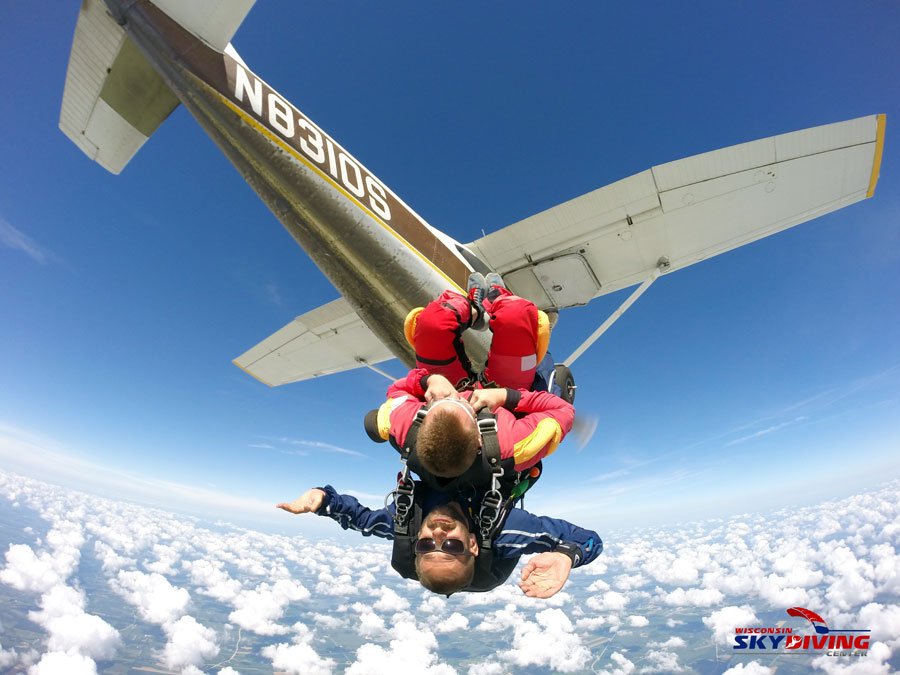
Different Methods Of Skydiving Produce Different Speeds
The most common number associated with skydiving speed is 120mph (200kph). This is both accurate and not really very accurate. Although freefall speed is a little bit different for everybody, having a number in your brain with which to make comparisons is important and 120mph is an approximate medium speed for the belly-down orientation used for skydiving either solo or tandem (the method for a first-time skydiver).
But there are other, more advanced ways to fall through the air that involve greater speed.
‘Freeflying’ is when you use your body and the wind to hold your body in head-up and head-down orientations, and has a medium speed of around 160mph (+/- 260kph). ‘Tracking’ involves moving some distance across the sky in formation (or solo) and, depending on the angle, the flight can have very different vertical speeds. Most impressive of all is speed skydiving, where the goal is to point your head at the ground and go as fast as possible. The world record for speed skydiving is currently 373mph (601kph)!
Speed in Freefall is Like Nothing Else
The most important thing to understand about how fast you fall is that it feels like nothing else. There are ways to go faster than 120mph without leaving the ground, but there is no way by which to compare the sensation of the speed generated by using only your body and gravity.
Exiting the plane at 14,000ft altitude is the best bit, as you are already traveling forward at about 100mph (160kph). As you jump, your forward speed gradually turns into vertical speed over the course of the first 1,000ft (300m)—about 10 seconds into your skydive (100 feet per second!)—as you travel ‘down the hill’ in a great big graceful arc. It’s a beautiful thing.
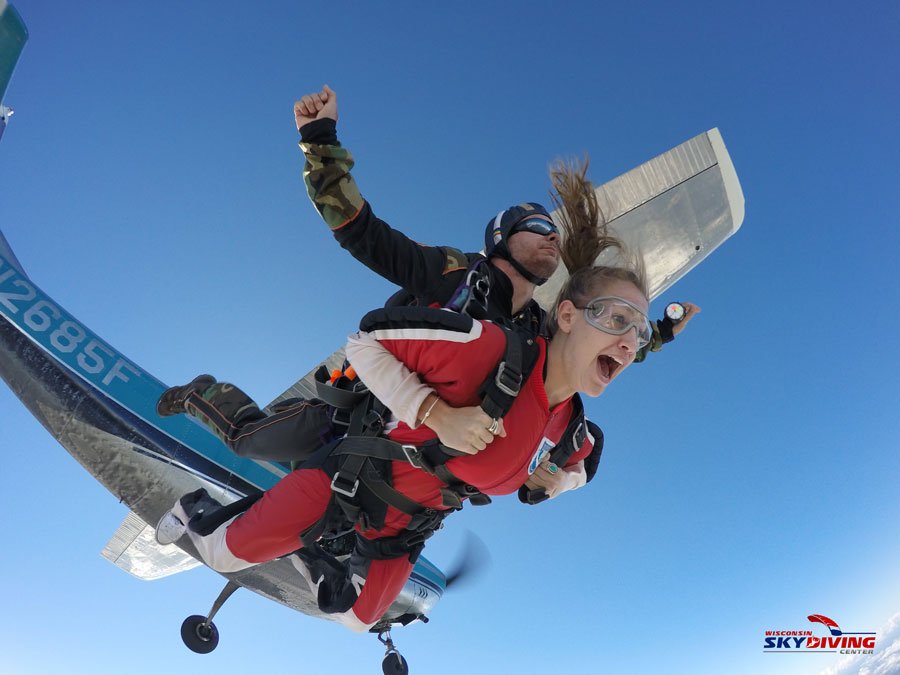
Slowing Down With Your Parachute and Getting To Ground Safely
The duration of freefall in a skydive from 14,000ft lasts about one euphoric minute, after which (at about 4000ft) you deploy your parachute to descend the rest of the way, safely and gently touching down in the landing area a few minutes later. A parachute operates under the same forces as a human when falling (weight, drag, shape, etc.), but functions more like an airplane wing. An average parachute has a vertical descent rate of around 17mph (although much faster and sportier ones are available) with a glide ratio of 1:1. This means they fly at approximately a 45-degree angle.
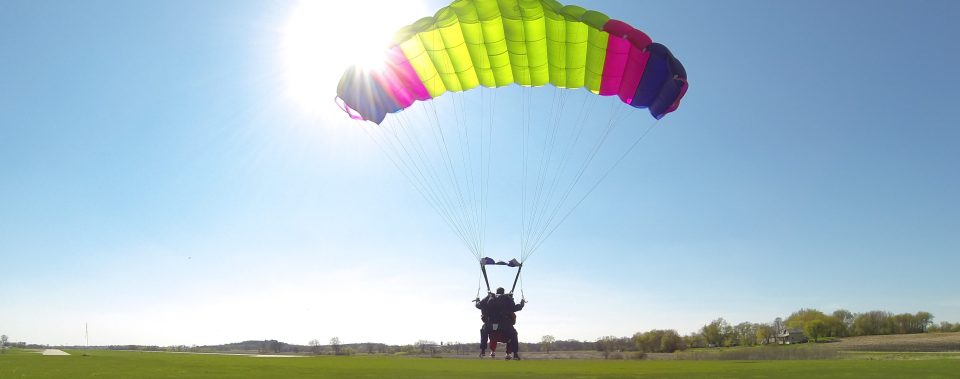
While 120mph is thrown around a lot for marketing purposes, the true answer is much more involved in skydiving speed. This is the great thing about skydiving. It seems very simple and is in a lot of ways (go up > jump out > land) but there is so much to understand if you want to dig deeper. You can spend a whole life involved in the sport of skydiving and learn new things every day.
If you’re ready to get started on your journey, join us! Book a skydive today, contact us, or check out our first-time skydiving tips if you have any other questions!
Categories:
You May Be Interested In:
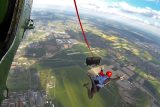
Military Skydiving and Skydiving Military Dogs
2 days ago by Wisconsin Skydiving Center
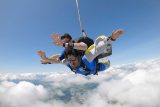
The History of Skydiving
1 month ago by Wisconsin Skydiving Center

Why Skydiving Is The Perfect Experience Gift
3 months ago by Wisconsin Skydiving Center
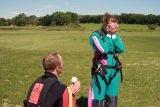
5 Unique Skydiving Proposal Ideas
4 months ago by Wisconsin Skydiving Center